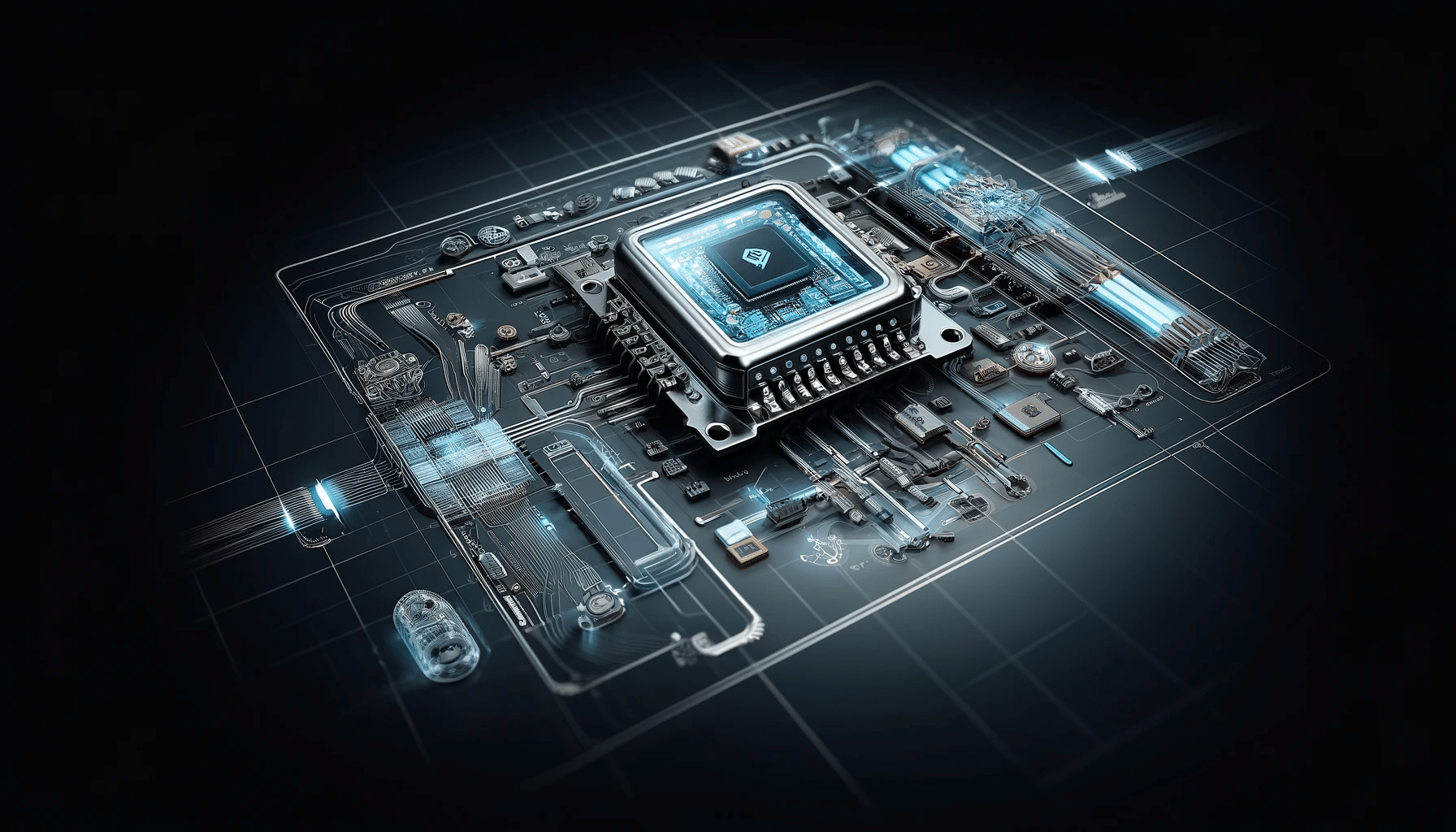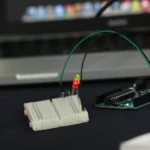
Introduction
In the ever changing world of automotive technology, the efficiency and safety of electric vehicles EVs rely heavily on advanced battery management systems. Infineon Technologies AG, a leading semiconductor manufacturer, has recently unveiled a groundbreaking Microcontroller Unit (MCU) PSoC 4 HVPA 144K designed specifically for automotive battery management. This innovation promises to enhance the performance, reliability, and longevity of EV batteries, marking a significant stride towards a sustainable and efficient future in the automotive industry. This article discusses the special features, benefits, and broad range of applications of the latest PSoC 4 HVPA 144K MCU, ensuring an effective battery management system – BMS – in modern vehicles.
The Legacy of Infineon Technologies AG
Established in 1999, Infineon Technologies AG holds a significant legacy in the semiconductor industry. The manufacturer has been a pioneer in developing innovative semiconductor solutions with an extensive product portfolio, including microcontrollers, power semiconductors, sensors, and integrated chips. These technologies power a myriad of applications, including the automotive industry, enabling advancements in areas such as autonomous driving, electrification, and vehicle connectivity. The company’s focus on automotive grade quality and reliability has made it a trusted partner for car manufacturers worldwide.
The Need for Battery Management Systems in Vehicles
With the increasing prevalence of hybrid and electric vehicles, the demand for sophisticated battery management systems continues to rise. Moreover, these systems ensure optimal performance, longevity, and safety of vehicle batteries. Given the complexity of modern automotive electronics, there is a growing need for MCUs that can handle the intricacies of battery monitoring and control efficiently.
A Short Overview of PSoC 4 HVPA 144K MCU
The Infineon PSoC 4 HVPA144K microcontroller, launched on May 3, 2024, is a specialised integrated circuit designed for monitoring and managing 12V (lead acid) automotive batteries. This highly integrated MCU enhances the automotive BMS, allowing flexible customisation and integration of various functions within a single chip. However, the “HVPA” designation indicates that this microcontroller can handle high voltage applications, which is crucial in automotive systems where battery voltages can range from 12V to 48V or even higher in electric and hybrid vehicles. This ISO compliant microcontroller is likely designed and manufactured with automotive grade components and processes with up to ±0.1% accuracy in measuring current, voltage, and temperature. Additionally, infineon high voltage MCU comes with built in PGAs (Programmable gain amplifiers), 12V LDO (42V tolerant), and dual high resolution sigma delta ADCs, making it a must have, highly versatile microcontroller for modern automobiles.
Special Features and Capabilities of the Cutting Edge PSoC 4 HVPA 144K MCU
The Infineon PSoC 4 HVPA 144K MCU boasts several unique features designed to address the evolving requirements of automotive battery management. Some of its remarkable features and benefits include:
- High Performance: With its powerful Arm Cortex M0+ core (running at up to 48 MHz), the MCU delivers robust performance for real time processing of battery data and control algorithms.
- Integrated Analog Front End (AFE): The integrated AFE enables accurate measurement of battery parameters such as voltage, current, and temperature, facilitating precise monitoring and control of battery operation.
- Flexibility and Customisation Options: Leveraging Infineon’s PSoC (Programmable System on Chip) architecture, the MCU offers unparalleled flexibility and customisation options. Designers can easily configure analogue and digital peripherals, allowing seamless integration into diverse automotive battery management systems.
- Communication Interfaces: The PSoC 4 HVPA MCU supports multiple communication interfaces like SPI, I2C, UART, and CAN, making it simple to integrate into existing automotive networks.
- Enhanced Safety and Reliability: The MCUs built in safety features and high voltage tolerance, such as hardware based overvoltage and undervoltage monitoring, contributing to enhanced system reliability and protection against potential battery faults or failures.
- Low Power Consumption: The PSoC 4 HVPA MCUs designed to be energy efficient with optimised power management capabilities, enabling it to extend battery life, an essential consideration in automotive applications.
Applications of Infineon PSoC 4 HVPA 144K MCU in Automotive Systems
The Infineon PSoC 4 HVPA 144K MCU is poised to revolutionise various aspects of automotive battery management. Used in automotive applications such as body electronics (e.g., door controllers, lighting systems), infotainment systems, vehicle diagnostics, and sensor interfacing. In electric and hybrid vehicles, PSoC MCUs can be employed in BMS for monitoring battery health, managing charging and discharging processes, and optimising energy efficiency. Additionally, this MCU can control various automotive functions, including infotainment systems, powertrain control systems, Advanced Driver Assistant Systems (ADAS), and steering and suspension systems.
Bottom Lines
Infineon’s introduction of the PSoC 4 HVPA 144K MCU marks a significant advancement in automotive battery management technology. Furthermore, with its combination of high performance, flexibility, and integrated features, this MCU promises to empower automotive manufacturers and designers to develop next generation battery management systems. That are safer, more efficient, and more reliable than ever before. As the automotive industry adopts electrification, innovations like the PSoC 4 HVPA 144K MCU will undoubtedly contribute to shaping the future of transportation.





















